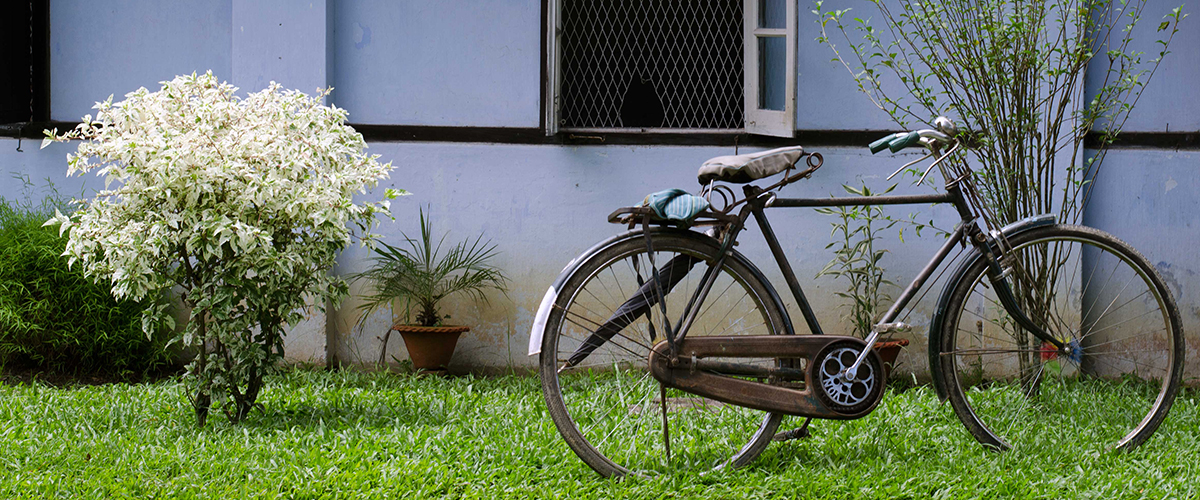‘Tea,’ and ‘Assam’ are synonymous with one another. So it isn’t a surprise that Asia’s largest and oldest tea research institute is located in Jorhat, in Assam. In 1891, a joint committee of the Indian Tea Association (ITA) and the Agricultural and Horticultural Society of Bengal appointed a chemist, M. Kelway Bamber, to investigate tea’s growth in the country. And in 1911, the Tocklai Experimental Station came up where all aspects of tea cultivation and processing are carried out.
As I walk across the manufacturing units, chemical labs, and tea tasting rooms of the Institute, I’m accompanied by senior scientist Dr. M. Goswami who tells me about how Tocklai plays adviser to over 1,076 tea estates across India. Both old and new tea plantations are guided by the development and manufacturing techniques developed by the Institute. It’s now seen as the head parliament for promising cultivars development of integrated nutrients, pest and disease management, and improvement of crop quality
Back in the day, senior officers from Tocklai were drafted into service during WW 2 since British citizens were expected to serve their time in the army. Another stalwart associated with Tocklai and Jorhat is Maniram Dewan, India’s first commercial tea planter who worked here. He was later hanged by the British under the pretext of being a part of the civil disobedience movement, but at Tocklai they believe it had more to do with the competition his tea estates posed to the British crop.
Evening walks around the property involved passing through the Institute’s tea estate, and lotus ponds scattered in between the biochemistry, entomology, biotechnology, physiology and breeding buildings.
The passion and drive of the scientists towards the crop is quite contagious. There were moments when I was a mere onlooker, listening to the conversation go on to polyphenols and amino acids. But the occasional trivia and the wealth of stories always drew me back.
My companion on the trip, Teabox’s R&D Head, Nagendranath Chiluvuru, waxed lyrical about the chemical components of tea while I basked in the Institute’s rather get-away kind of vibe. Even though it’s situated in the city of Jorhat itself, once you enter the gates of Tocklai, you’re in a world where you only eat, sleep, and – very literally – drink tea. As Dr Goswami said, “When you’ve had a cup of tea, you should feel like you’ve had a cup of tea. That’s what the creation of Assam tea is all about.”







